Commercial Week Day Two Review: 2012 GMC Savana and Chevrolet Express

The Nissan NV may be an exciting newcomer, but the tried-and-true GM and Ford vans are the staple of the commercial market. Our own Mike Solowiow took exception with the 2007 Chevrolet Express passenger van as a passenger hauler back in 2008. Will the no-frills cargo hauler variant find favor with us here at TTAC? More importantly, can GM’s smorgasbord of configuration options dethrone Ford as the volume van seller during the upcoming T-Series transition?
There’s not much styling to discuss when it comes to GM’s full-size vans, but is that important in a work truck? When you’re buying a fleet of work trucks, or just one or two vans for your delivery employees to drive, repair costs are a critical factor. (Seriously, have you seen how cargo-van-drivers drive?) If this describes your employees, buying a Nissan NV with it’s large shiny chrome bumper could be a bad business move, as bumper covers for the Express and Savana go for $75 online. The story is the same from stem to stern eschewing expensive aerodynamic plastic headlamp assemblies (available on the passenger vans) for sealed-beam halogen units, acres of easy-to-Bondo panels and a rear end that’s as discount as it gets. Shoppers have their choice of four standard paint colors, four $150 optional colors, or the ever so popular full-body vinyl wrap. If you’re shopping off the lot, expect to get any color you want so long as its white. 1500 models get a 17-inch steel wheel while 2500 and 3500 models get a 16-inch wheel wrapped in 245 width 75 series rubber for added load capacity.
Nissan’s NV is clearly designed for owner-operators, and it shows with driver oriented features, comfy seats and the positioning of human-room over cargo room. If you thought the last van sporting engine access inside the cabin was driven by the A-Team, think again. Because cargo is king for the GM vans, the engine is pushed as far into the cabin as possible maximizing interior volume and minimizing the external footprint (that’s all relative of course). Having the engine located between the driver and front passenger footwells both limits legroom and cooks the driver’s right leg on long drives. It also means the transmission is under the van between the seats resulting in a fairly high step-in height. On the flip side it means the Savana and Express can swallow 13-foot items in short wheelbase form and the long wheelbase version can schlep 15-foot goods. (The E-series comes in at 12.5 feet and 14.6 feet). Standard equipment includes seats and a steering wheel but stops short of in-dash entertainment of any variety. Buyers have the option of an AM/FM radio, a mid-level unit with a CD player and a higher end unit that brings basic iPod/iPhone functionality. Sadly no navigation system is available in any model.
Let’s be honest. If I’m buying a van for my business and my employees are the ones driving it around, all talk of driver comfort is comparatively less important than the rest of this review, so let’s talk hauling. No other commercial vehicle comes in as many variations as GM’s vans. From 8-15 passenger versions for Zeta Cartel affiliates, two different wheelbases, and cab-only cutaways for shuttle bus and ambulance duty all of which can be had with a variety of engine and transmission choices, there are more variations than you can imagine. As you would expect, payload capacities range from 2,000lbs 1500 models to 4,184lbs in 3500 models. The only area where the Nissan NV clearly trumps GM’s offerings is height with it’s optional 6’2″ interior cargo area. Although you can have a conversion company extend your roof, it’s not as clean as Nissan’s solution and usually the doors left at their regular height, making it difficult to load large cargo. GM fights back with hinged side doors and a considerably longer cargo hold in the extended version.
Although GM offers the widest selection of engines,shoppers should choose carefully as there are some questionable selections on the menu. Let’s start with the 1500 series vans. First up is the ancient 190HP, 260lb-ft 4.3L V6 delivering the best fuel economy at 15/20MPG (city/highway), a 310HP, 334lbft 5.3L V8 with variable valve timing is optional on the 1500 RWD (13/18MPG) and standard on the 1500 AWD van (13/18MPG). Both engines are mated to a light duty four-speed 4L60E automatic transmission. Buyers should know, our informal polling of several large GM fleet customers indicated the 4L60E is notably less reliable than the heavy-duty 6-speed 6L90 used in 2500 and 3500 vans since 2010.
All 2500 and 3500 models come standard with a recently revised 280HP, 192lb-ft 4.8L V8 with VVT mated to GM’s 6-speed automatic good for 13/18MPG. An optional ($995) 324HP, 373lb-ft 6.0L V8 with VVT is available should you feel the need for speed in your cargo hauler. If you believe in burning oil, GM is happy to sell you their 6.6L Duramax V8 diesel engine which is de-tuned from truck duty to 260HP and 525lb-ft (from 397HP/765lb-ft) and delivered 18.8MPG on average for us. Don’t expect the diesel to save you money however as buying it will set you back a whopping $12,000. Perhaps the most enticing option for the GM vans however is the factory built CNG version, one of only two factory built CNG vehicles on the road (the other is the Honda Civic GX). Based on the 6.0L V8 and putting down 279HP and 320lb-ft of twist in gaseous-guise the option will set you back $15,885 and provides a 300+ mile range at the expense of a 5 cubic feet reduction in cargo capacity. While the option seems best suites to markets like the San Francisco Bay Area and Los Angeles where there is a moderate CNG infrastructure (or if you install a “home” refill station), at $1.95 per gallon “equivalent” in the option will pay for itself before you hit 100,000 miles. (Based on current California gasoline prices)
Nissan does not release MPG numbers for the NV vans, but our high-top V8 averaged 14.2MPG and a 40 mile test drive in a standard roof V8 yielded 14.8MPG. From the blue oval competition their 4.6L V8 will do 13/17, the 5.4L V8 drops to 12/16 and the 6.8L V10 rounds out the bottom at 10/14. We average a solid 17MPG during a 90 mile mixed-driving trip with the 4.8L V8 in a base 2500 series van making it the best cost/performance ratio option in this segment.
Towing may not seem like an obvious consideration, but a quick check with the construction crowd confirmed it is important. While the V6 Nissan NV 1500 boasts a 7,000lb tow rating vs GM’s 4,300lb rating for their 1500 series V6 van, Nissan’s 261HP/281lb-ft V6 is probably best pitted against GM’s 4.8L V8 (280HP/296lb-ft) which starts with a 7,400lb towing capacity. We were only able to get our hands on a 5,000lb load to haul with the Nissan and GM vans, but the difference was enlightening. (Note: tests with the 1500 series GM van were completed with a 4,000lb trailer because if its reduced towing capacity). With trailer attached, GM’s V6 van could barely get out of its own way, while Nissan’s more powerful V6 and 5-speed transmission performed well maintaining 55MPH on a 6% grade, but passing wasn’t really in the cards. GM’s hunt-happy four-speed automatic was as much to blame for this problem as the V6’s specs.
Nissan’s V8 (317HP/385lb-ft) proved a willing tow companion on the same grade able to accelerate from 50-60MPG without drama for passing uphill. GM fights back their 6-speed automatic making the 6.0L V8 the better tow partner, but most importantly making the 4.8L V8 a logical and economical alternative. For those considering the jump from 1500 to 2500 series vans to get the 6-cog transmission, our up-hill towing test demonstrated just how important extra gear ratios are with the less powerful 2500 series (4.8L V8) easily outperforming the 1500 (5.3L V8) due to the two extra gears. Should you need the maximum schlepping ability, GM’s 3500 van with the 6.6L diesel V8 is good for a class leading 10,000lbs of trailering and 4,148lbs of in-van hauling. Ford is of course the other major player in this market, but time and progress have left the E-Series behind. Ford offers only three engine options at this time: a 225HP/286lb-ft 4.6L modular V8, a 255HP/350lb-ft 5.4L V8 and a 305HP/420lb-ft 6.8L V10. Both V8s are available only with a four-speed automatic while the V10 gets a 5-speed.
As I said in our review of the NV, pricing commentary is difficult when it comes to a commercial vehicle. I was unable to get specific rebate numbers, but I am told that fleet buyers should expect around $1000 back with a purchase of five vans and around $2,500 for 25 vans plus the usual bevy of enticing freebies. Don’t take those numbers as gospel, fleet buyers should contact the manufacturers for ordering details as the configurations are near endless. While the NV 1500 is a hair cheaper than a Chevy Express 1500, GM’s 2500 series van is only around $755 more expensive than an NV 1500 netting the buyer the heavy-duty transmission, brakes, and increased hauling capacity. Compared to the present competition, GM’s Chevy Express and GMC Savana twins deliver high-capacity hauling, more variations, and thanks to the new 6-speed transmissions, class leading fuel economy making them easily the top pick for fleet use. If however you’re driving your own van, the slight reduction in utility and observed fuel economy of the Nissan NV are offset by vastly improved creature comforts and more room for the driver at a very compelling price. Until the blue oval can get the new T-Series van online, the best hauling options on the market seem to be from Nissan and GM, check out our E-Series review for more on that tomorrow.
This is part two of a five-part series on commercial vehicles. Click the links below for the others in this series:
General Motors provided the vehicle, one tank of diesel and insurance for this review
0-60: 9.4 Seconds
Average fuel economy: 18.8MPG over 435 miles

More by Alex L. Dykes
Latest Car Reviews
Read moreLatest Product Reviews
Read moreRecent Comments
- FreedMike Ah, Chesterfield Mall...my old teenage stomping grounds. Bummer what happened to it, that's for sure. But that's what happens when the city council approves not one, but two "premium" outlet malls right down the road to be built. That killed this mall dead.And in case anyone's interested...yes, Teslas and other EVs are very popular in that neighborhood.
- MaintenanceCosts Subarus can be durable, but they are going to demand more frequent and expensive regular maintenance than your typical Honda or Toyota. I suspect for a lot of third and fourth owners that means the economic equation favors scrapping them a bit earlier.
- Bd2 Hyundai and Kia have zero problem selling their respective Ioniq and EV models at or above MSRP. EV9 is the top seller in it's segment.
- Redapple2 366,000 miles is no small thing. The owners and the manufacturer: tip o the cap.
- ToolGuy The 6 million residents of Missouri purchase twice as many Tesla vehicles as do the 5 million residents of Alabama. So now you know.




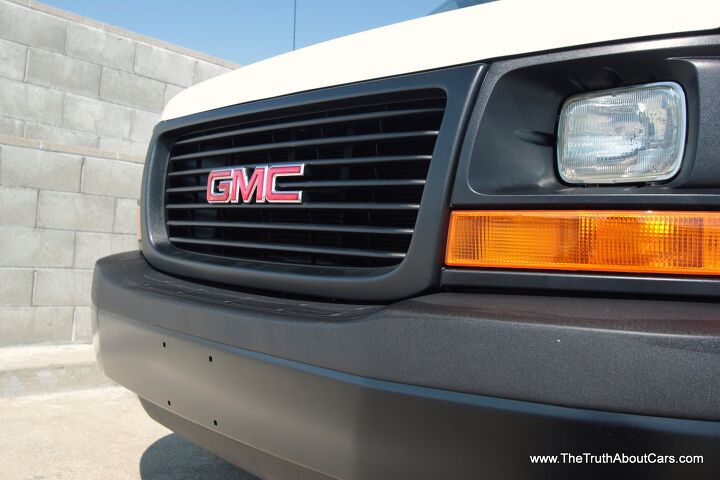
















































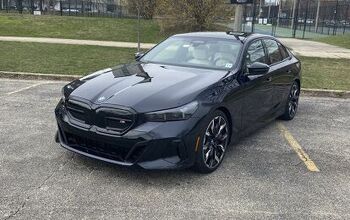
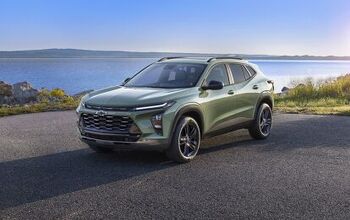
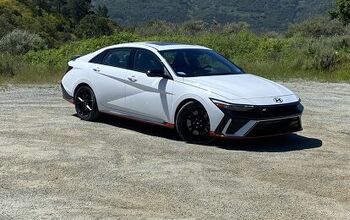


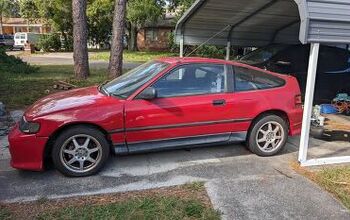
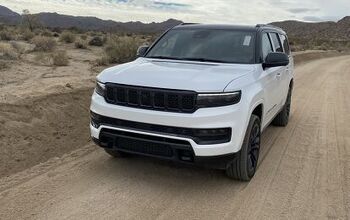

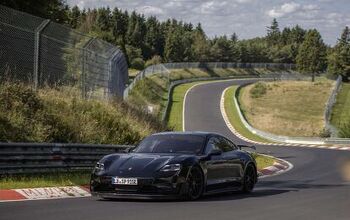
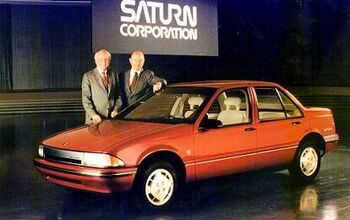
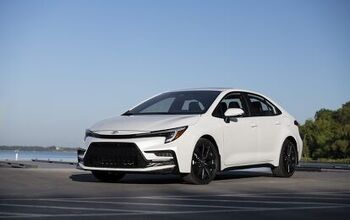

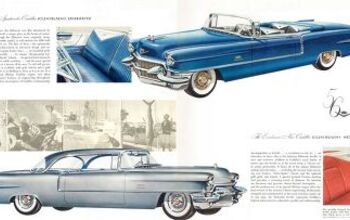
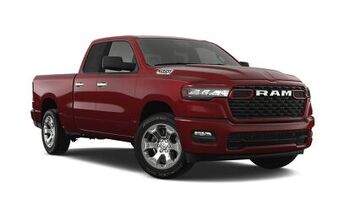
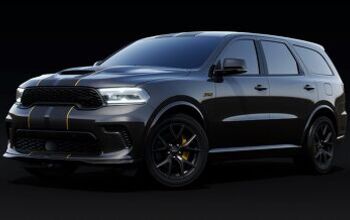
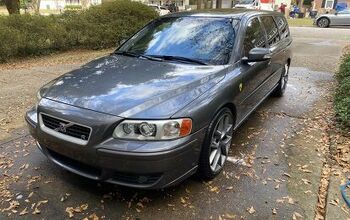
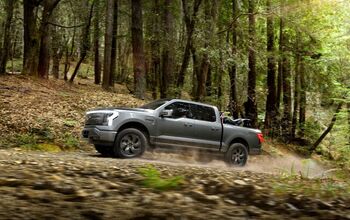
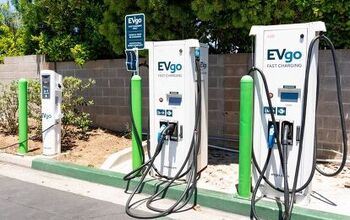
Comments
Join the conversation
"Let's be honest..." paragraph, accidental "ans" halfway down.
When's the Vellum Venom column on this coming? There's spectacular DLO-fail and front-door wheel-opening-cutaway fail fodder here for Sajeev to dig his fangs into.